Wondering how to detangle natural hair? Maintaining healthy and well-defined natural curls involves a combination of proper care and a consistent detangling routine. While there isn't a one-size-fits-all answer, a general guideline is to detangle your natural hair at least once a
week. Those with tightly coiled or 4c hair, may require more frequent detangling, such as every 3-4 days. Regular detangling helps prevent the formation of knots and tangles, reducing the risk of breakage and split ends. Adding a leave-in conditioner or detangling spray can help the hair slip more, which can make the detangling process go more smoothly and cause less damage. Once you get all the hair tangles and the knots out, your curls will likely feel brittle and lacking moisture. After detangling, apply a hair oil like coconut oil, argan oil or coconut oil from roots to ends and let it sit for about 20 minutes before rinsing out. Aim to detangle every wash day, even if it's every few days.
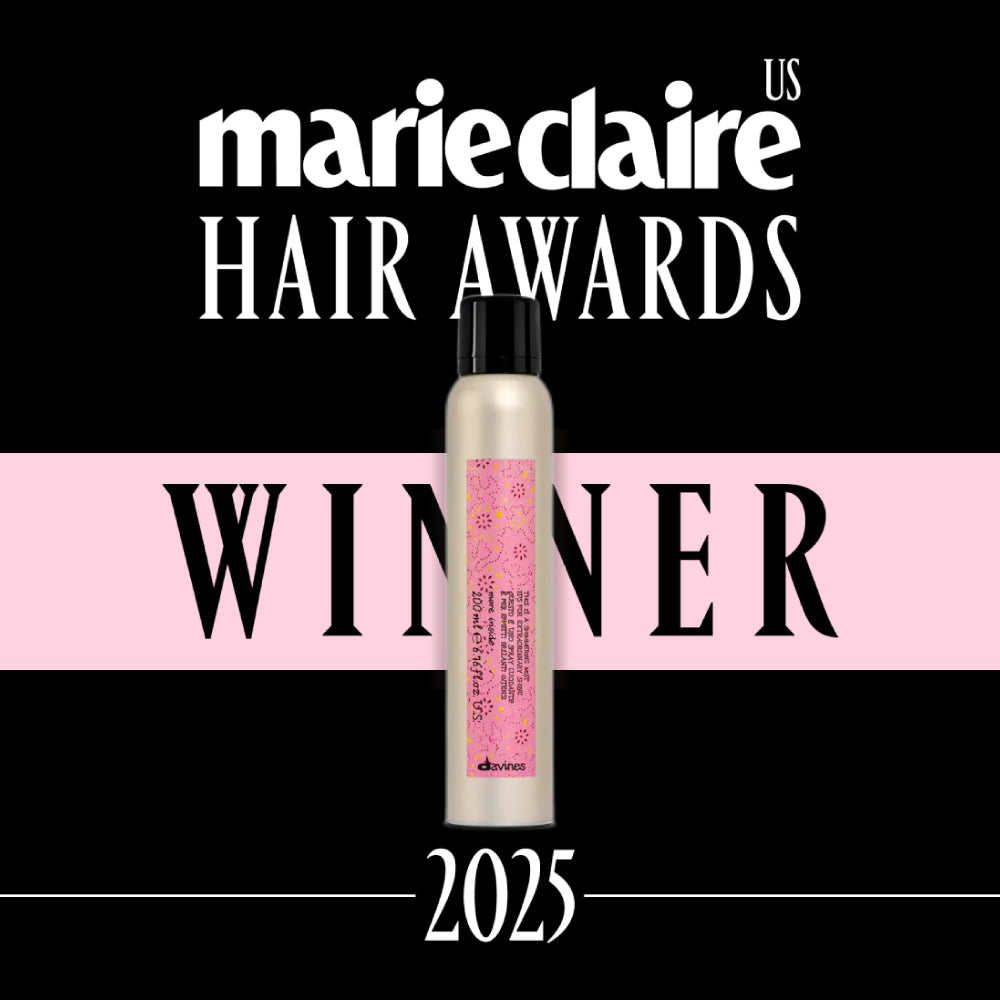


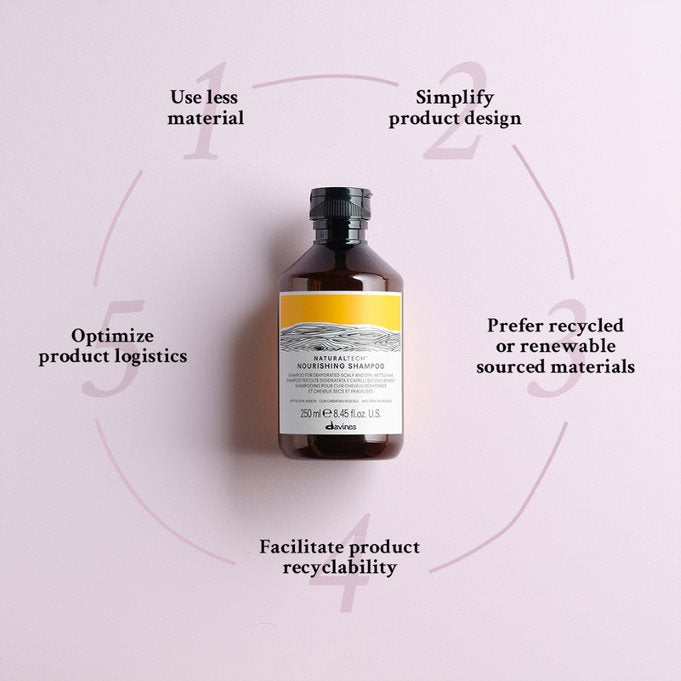
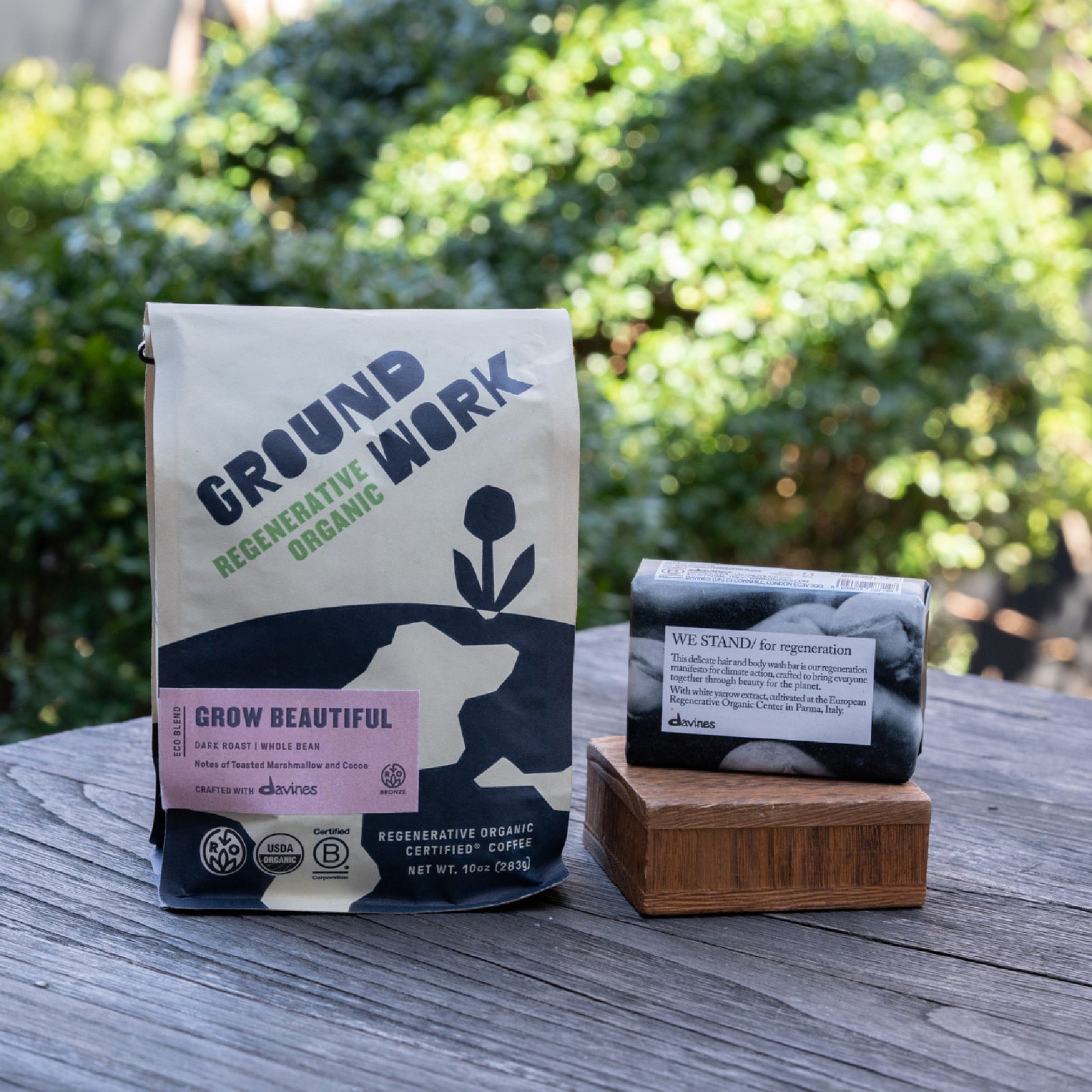
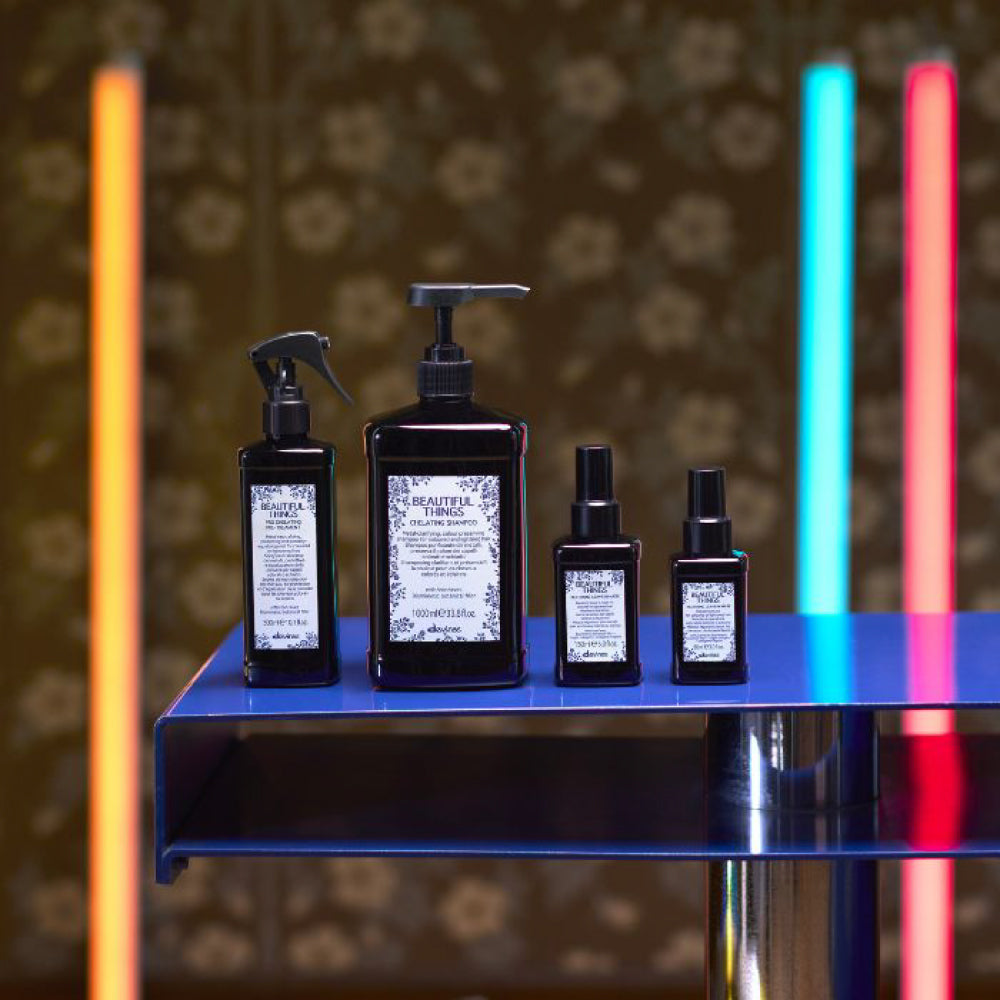

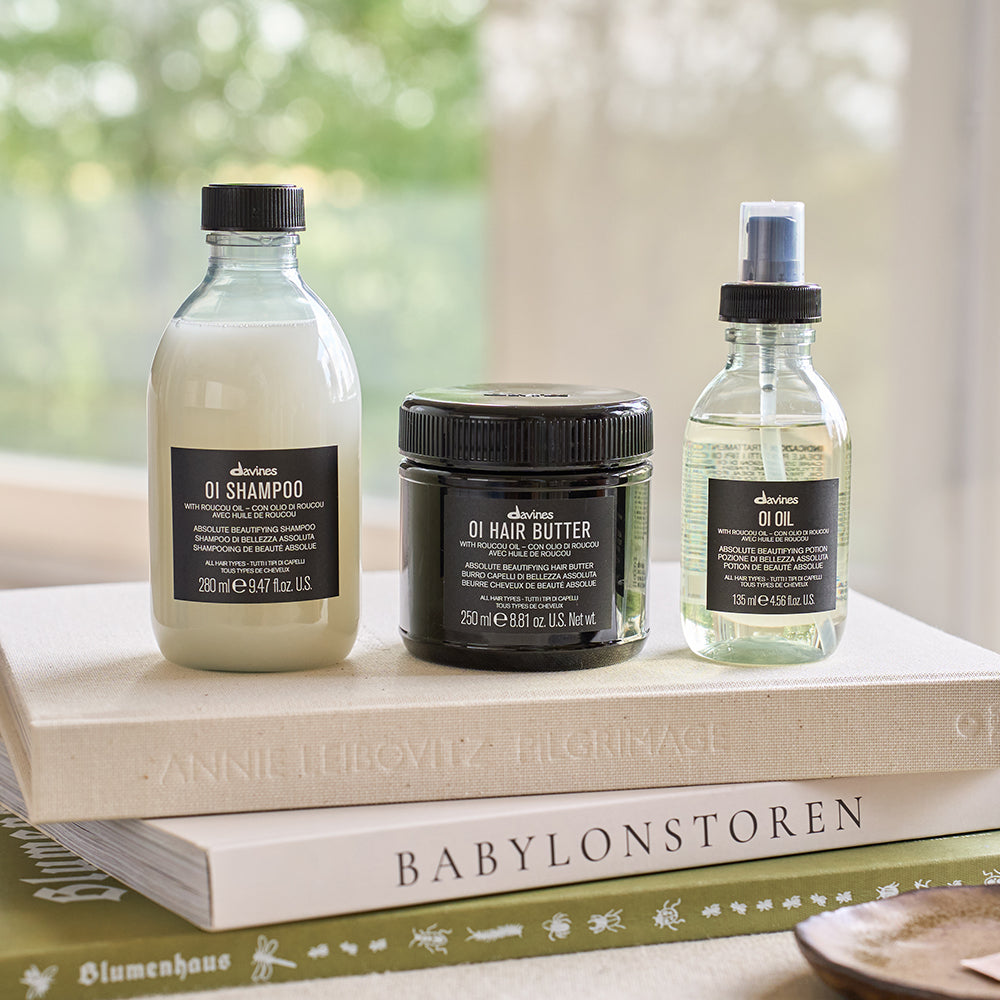
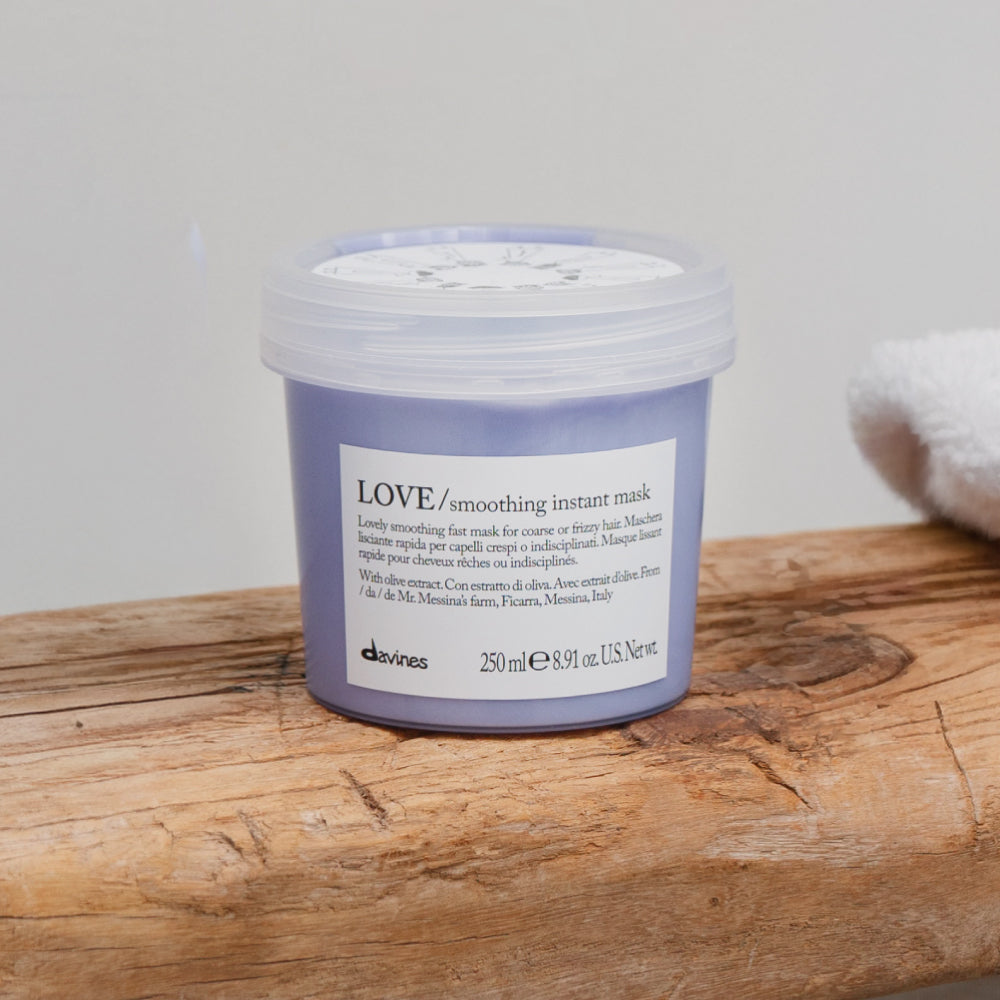




Leave a comment
Comments will be approved before showing up.